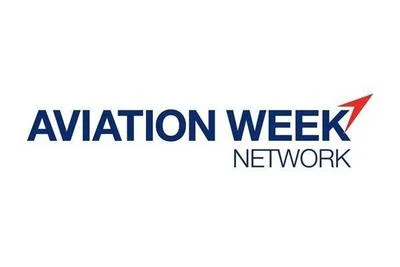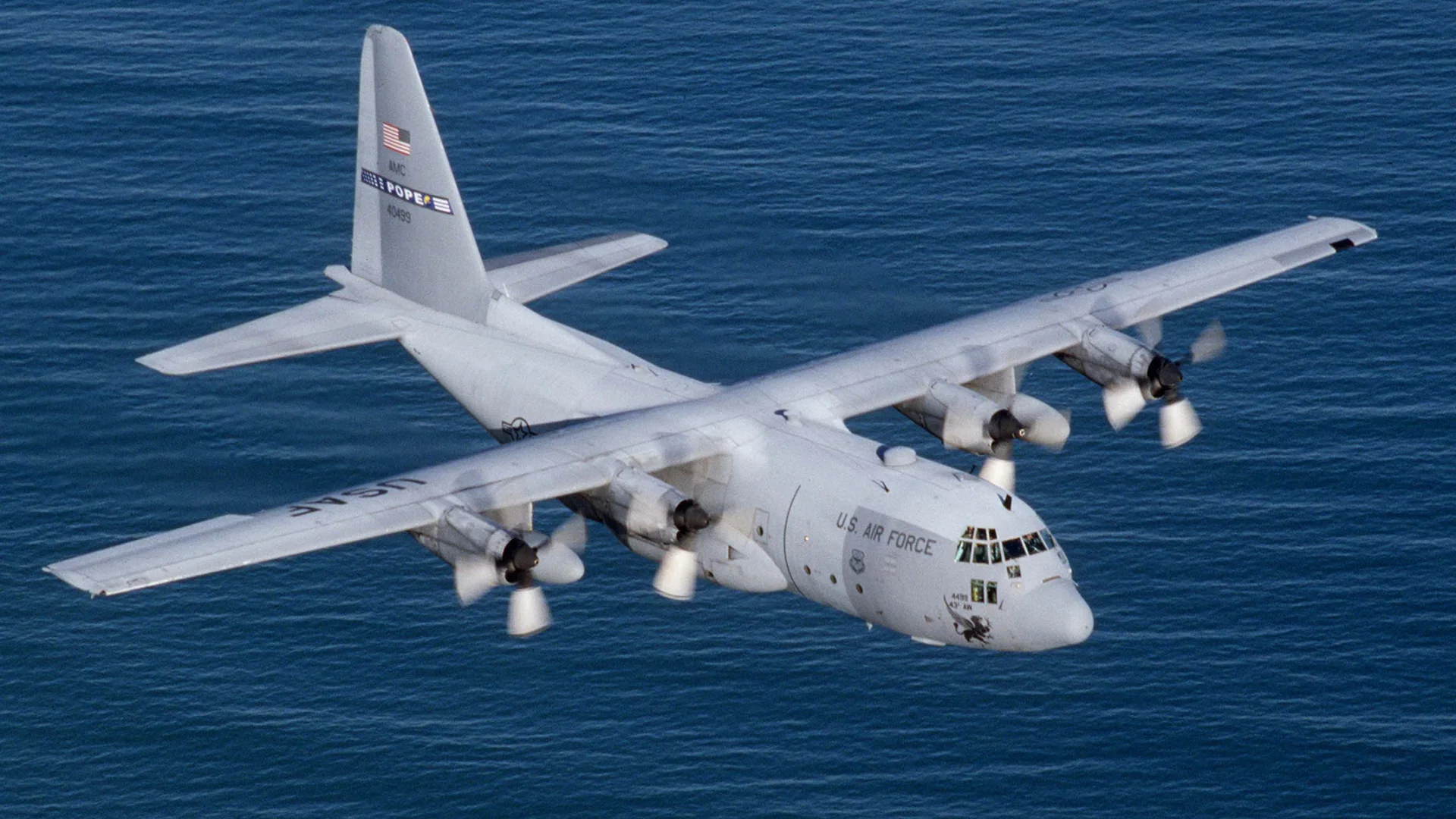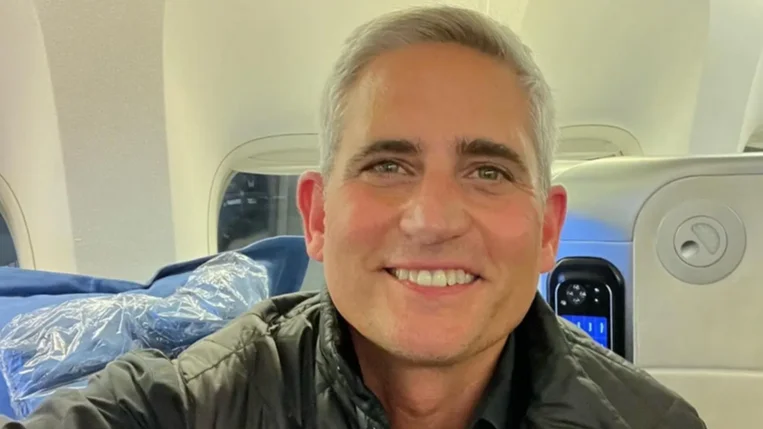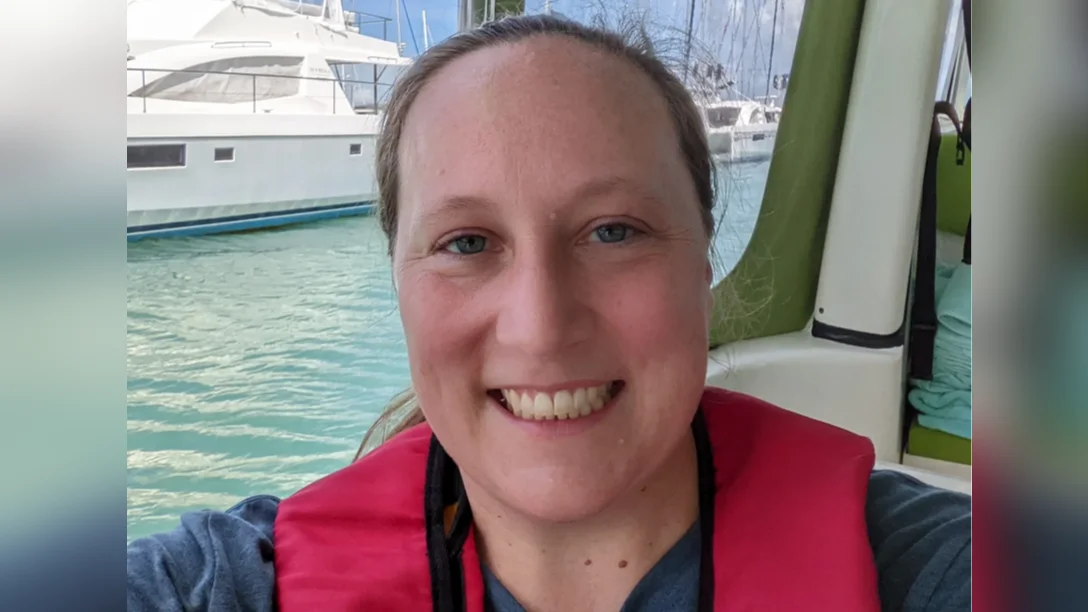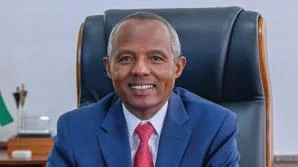Lockheed Martin also produces civilian derivative L-100 Hercules aircraft. "It is unclear how many of these civilian Super Hercules aircraft have been ordered," but at least 37 were ordered up to 2019.
"The type first flew in 1996 and entered service in 1999." Lockheed Martin is exploring expanding assembly for Indian Super Hercules models.
Most older models have been destroyed or scrapped due to accidents or combat losses. Around "400 to 500 Hercules of various variants are in storage" worldwide. Countries like Iran face difficulties maintaining their fleets due to sanctions.
The largest operator is the United States military with around "593 Herks" or approximately "48% of the world's fleet." The US Air Force operates about "460" aircraft including different specialized versions while other branches like the Marine Corps and Navy also maintain fleets.
The Embraer C-390 Millennium poses competition on export markets but still has low numbers delivered compared to Super Hercules' large customer base among US military allies.
Lockheed Martin reported that by June 2025 they achieved a breakthrough increasing wing lifespan by almost double expectations which will extend operational life significantly beyond initial estimates.
Despite challenges from newer models entering markets worldwide alongside ongoing replacement cycles within existing users’ inventories; “as of” July last year Australia was already set receive new replacements indicating continuing demand future years come amidst shifting landscapes military aviation procurement policies globally overall trend modernization efforts pushing forward even long-established platforms such this enduringly popular airlifter continues evolve meet needs changing times ahead ultimately ensuring longevity relevance decades come regardless any emerging rivals might threaten displace altogether anytime soon yet foreseeable horizon lies before us today tomorrow alike remain ever present forefront strategic considerations planning processes governing decisions affecting outcomes across spectrum national defense capabilities each respective country involved fielding operating similar systems thereby ensuring continued viability sustainment collective efforts undertaken collectively safeguard interests shared common goals security stability prosperity wider international community context broader geopolitical landscape shapes contours contours unfolding dynamic environment constantly transforming basis ongoing developments advancements technology science innovation pushing boundaries limits previously thought possible imaginable reality we inhabit live work thrive every single day moment existence shared planet earth
 Alerts Sign-up
Alerts Sign-up





